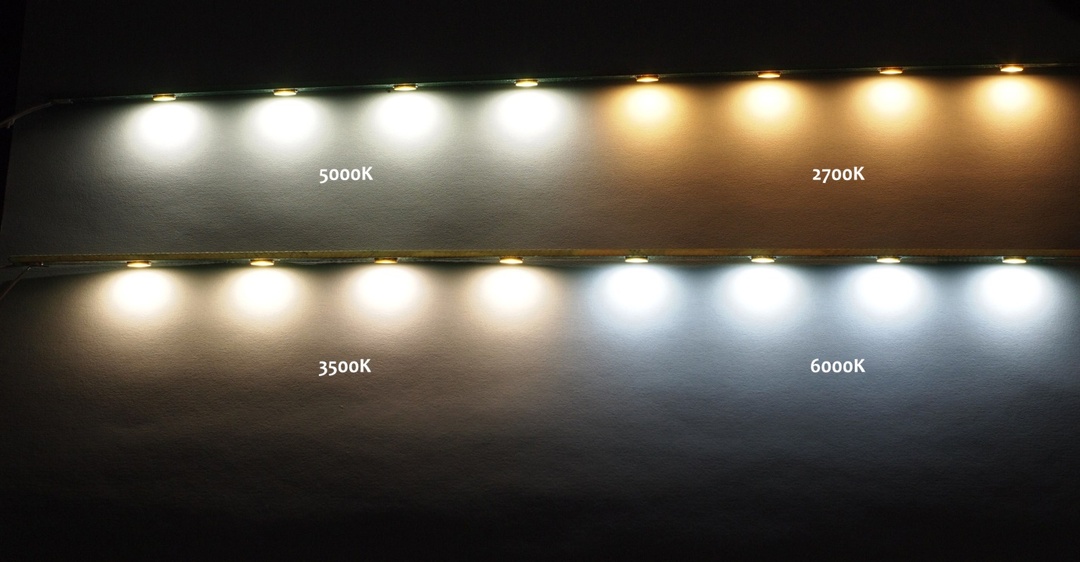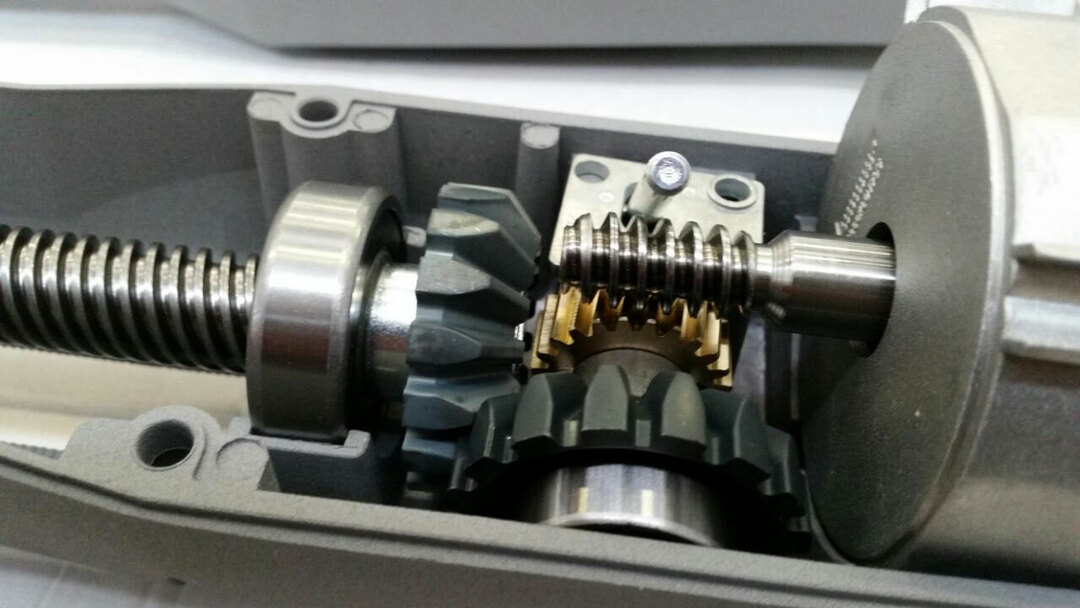Size fuses are made according to GOST R IEC 60269-3-1.In particular, the names of "traffic jams" in the documents there. Instead, the phrase is used - fuses with a lamp base. This means that the holder, as a rule, is made of ceramic. And the thread corresponds to edisonova. And now, starting from the above information, let's try to consider what kind of electrical fuses or plugs are.
How does an
fuse work? Inside any fuse there is a replaceable part. Sometimes it is mounted in a ceramic case or passes inside a sealed glass flask. The meaning is the same: when the current rises to a certain value and is held, in a fraction of a second the vein burns. Usually the holder is sold directly with the fusible insert, marking is applied on it. Suppose:
- Voltage.
- Rated current. The value that the cork can withstand for a long time.
- Price. Recently, this part of the marking has lost its importance, it is used less and less.
- Year of manufacture sometimes absent.
- Climatic design according to GOST 15150.

Fuse Options
When the current significantly exceeds the rated value, the fuse-link burns out for a short time. The flow of energy through the flap ends. The design of the fuses is different. Separate ones are placed on contact grippers, others are placed inside holders. The last option, most readers see in the access shield. Look at the varieties of electrical fuses.
Versions of electric fuses
The device of an electrical fuse strongly depends on the type, and there are 6 of them, according to GOST R IEC 60269-3-1.Let's start with the first, and the USSR known to the majority at the time is on the 6th place( if not specified separately in the text of the standard, the tripping currents are determined according to table 6 GOST R 50339.0).
First frame size D
Detects threads under E14, E18, E27, E33 and regular metric. A distinctive feature are fusible inserts with a ceramic body and a filler of quartz sand. The shape is far from always cylindrical; mutual non-interchangeability is provided by the use of bushings. For current up to 10 A, such measures are not used. Each of the six versions of frame size D shows its own type of holder body, rated current. Mix randomly fail. The marking uses a fusion cross-section of copper-nickel alloy. The design feature of a number of sizes D is recognized as a recess in the middle of the lid, where the clamping screw rests. Such fuses are additionally protected against vibrations. There is no chance that the cork will turn off and the contact will be lost. The rest of the size D II at E27 is fully used instead of conventional traffic jams.

Fuse
Cylindrical Fuses( II)
Type A- s are available for rated currents of 6, 10, 16, 20, 25, 32 and 63 A. The last two values in a row for a voltage of 380 V. These are ordinary cylindrical fusible inserts without a holder. Standard sizes on diameter are from 23 to 38 mm. The case is ceramic; the filler is a series of dielectrics. Values of the operating current is selected according to table 6 GOST R 50339.0.With the exception of two of the ratings indicated immediately( in GOST R IEC 60269-3-1): 6A nominal - 24A actuation, 10A nominal - 110A actuation. These fuses, as is clear from the appearance, are inserted into any cartridges and elastic terminals suitable for the diameter of the contact pads, but are designed specifically for bases with two contact pads on the ends. The text slips a remark that copper is used as a conductive material. If this plays a decisive role, be careful in choosing clamps for cylindrical fuses type A.
- Type B cylindrical fuses differ in size( diameter, length), rated currents and mounting method: in this case the clamp terminals are meant. Other holders are also used. For example, in the form of a parallelepiped with a cylindrical hole in the center, at both ends of which is located on the contact pad. The fuse is inserted from the end.
- C type cylindrical fuses show a distinctive feature in the form of a color marker protruding above one of the contact pads. This part is immediately judged on the rated current. The full table is given in GOST R IEC 60269-3-1, we briefly list the main ones: 10A - red, 16A - gray, 25A - yellow. There are 5 sizes, from zero to fourth. Moreover, the last two( 3 and 4) on the cylindrical part have a circular ledge. However, the diameter is difficult to confuse. For the above “special” sizes, these are 13.7 and 22 mm. Holders are any terminals where space is left under the color marker( in the form of pits, deepening a round shape under the butt).The direction of the inclusion of a cylindrical fuse type C in the circuit does not matter.

Types of fuse models
Fuses with pin leads( III)
They look like a rectangular capacitor with thick legs. The design consists of a body with two legs( holder) and a fusible insert directly. The rated current is calibrated by bushings. Those who have come across banana-type connectors for measuring equipment will certainly note similarities. The fuse feet with pin connections show a cut in the center. Current grading is carried out by changing the sizes( including holders).Calibration sleeves are made difficult to remove, so as not to confuse the ratings.
Cylindrical fuses
For use in plug-type fuses, the features do not differ. The size is such that it was possible to put in a holder made of ceramic or other material( contact diameter 6 mm, length 26 mm).
In these fuses, gG fusible plugs are used, which are general-purpose, operating over the entire range. The case is exclusively ceramic, there are no separate fuse options. For example, today’s rectangular PN-2 with an end arrangement of flat legs. Before it was about the types of electrical fuses for low voltage. According to the rules, this is up to 1 kV, but in reality it is 220 - 380 V. Protection of electrical networks with fuses of this type is not always possible. In addition, only technical conditions have been developed for selected types of products( as in the case of PR-2), costing money( for enterprises), and it is not possible to get such a document in simple use.
High Voltage FusesHigh voltage fuses are marked more carefully. A number of symbols include, for example:
- Rated current, frequency and voltage( the highest values may be indicated).
- Rated breaking capacity. The maximum values of the network parameters at which the fuse is able to perform the function( will not crumble, contact pads will not fall off, etc.).
- Dissipated power in nominal mode.
- Timeout specifications.
- Arc current value. Otherwise - the number in amperes, at which comes the operation and other specific parameters.
- Climatic design according to GOST 15150.
The principle of operation of the electrical fuse remains the same, but the power is much higher( reaches 150 W), so the case is larger than that of cylindrical models - to improve cooling conditions. For example, the rated current is 2.5 A, and the breaking current is three orders of magnitude higher( a thousand times more).In this regard, the insulation temperature is normalized, the associated parameters are indicated. It turns out that the fuse should strive to get documentation, and not always this is GOST.And if the fuse go TU?
The answer is simple: the purpose of the electrical fuse, its characteristics and dimensions can be easily viewed on the site of the sensible manufacturer. For example, on MON good documentation from JSC Korenevsky plant of low-voltage equipment. The technical data from the company indicate the usual parameters for any regulatory documentation: rated current, voltage, climatic version. The difference is that GOST provides general and complete information, and the manufacturer - specific and selective. In other cases, the use of fuses is limited by industry. A rare inhabitant, for example, will need products for use on railways, described in accordance with GOST 55882.5.
Circuit Breakers: Should I Change the Fuses

Soviet Type Circuit Breakers
With a plug price of 10 rubles for the switch as per GOST R, it is clear why not every person wants to install an “automatic fuse” in the house( switch).However, think about it: there are usually two lines to a standard apartment, face values are low( see photo), but you don’t have to constantly buy new equipment or install bugs. The circuit breaker reliably and accurately performs the prescribed functions, while the fuse in the electrical circuit is disposable.
Difficulty in calculating the nominal. Not any master solves the working "bug".To check it, at least current clamps will be needed, but readers have seen the ratings in table 6 of GOST R 50339.0 - where can an ordinary person get these values? The answer is simple: you need to either believe the word enthusiasts, or fork out for. .. as much as 88 rubles. It is 8 times more expensive than a ceramic stopper. We draw the attention of readers that according to the rules, individual lines must be switched on via a differential circuit breaker. This is:
- Bathroom.
- Dishwasher.
- Water Heaters.
Electrical fuses in the apartment are not suitable everywhere. And modern automatic machines usually have no fusible inserts. This is simply not required. Summing up, let's say, it is pointless to save 150 rubles for the sake of convenience. This contributes to the implementation of laws and adds convenience to the operation process. An additional advantage is security. When you unscrew the cork, it is extremely easy to hook on the current carrying parts. Given the fact that the shield is under the potential of the earth, the action can be fatal. It is permissible to install electrical fuses, circuit breakers, differential protection devices, because checks are infrequent. To dismantle the old equipment and install a new electrician.
Now readers know what to do when electric fuses blow. We hope that the majority will install automatic circuit breakers. Those - still Soviet - that are represented in the photo, have been serving for more than 30 years without a single refusal. We believe many have already estimated how many fuses have been changed during this time.

Soviet Type Circuit Breakers


